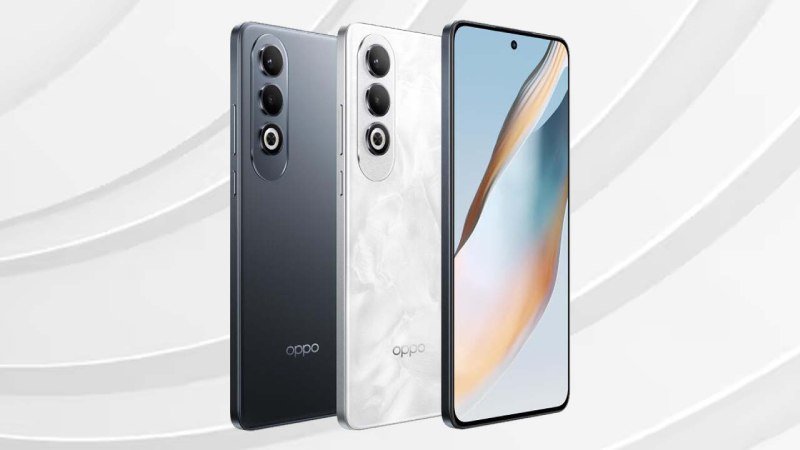In recent years, scientists at Virginia Tech have drawn inspiration from the octopus to develop technology capable of better gripping various objects in underwater environments. Their latest achievement is the creation of a switchable adhesive, modeled after the octopus’ suction cups, as detailed in a study published in the journal Advanced Science.
“I’ve always been amazed by how an octopus can firmly hold something and then instantly release it, all while operating underwater on surfaces that are curved, rough, or irregular. The head of the study team and co-author Michael Bartlett praised the amazing achievement. “We are now closer than ever to imitating this remarkable ability, potentially transforming how we explore and handle objects in underwater environments.”
As noted by the researchers, nature offers several examples of efficient underwater adhesion. Mussels, for instance, secrete adhesive proteins that enable them to cling to wet surfaces, while frogs use specialized toe pads that generate hydrodynamic and capillary forces for grip. However, cephalopods like the octopus have an extra advantage: their grippers allow for easy, quick adhesion reversal, making them adaptable to both wet and dry surfaces.
Mechanically, the octopus relies on an active, pressure-driven system for adhesion. Its suction cups form a seal by creating a pressure difference between the chamber and its surrounding environment. By contracting and relaxing muscles around the cup, the octopus adjusts the pressure to either grip or release an object.
Efforts to replicate octopus-like gripping have been ongoing. In 2022, Bartlett and his team took their work further by developing Octa-Glove, a wearable system that replicates not only the octopus’ switchable grip but also its sensing and control abilities.
Refining the Octa-Glove, the team designed silicone stalks with pneumatically controlled membranes to simulate the structure of octopus suckers. They integrated these with LIDAR proximity sensors and a micro-controller, enabling real-time detection of objects. When an object is detected, the adhesive system activates, imitating the octopus’s nervous and muscular systems. The wearable glove is made from neoprene and incorporates these adhesive elements and sensors into each finger, with flexible pneumatic tubes embedded at the base.
Topics #news #ocean #Octopus #Octopus Suckers #Sea #Technology #Underwater Gripping











